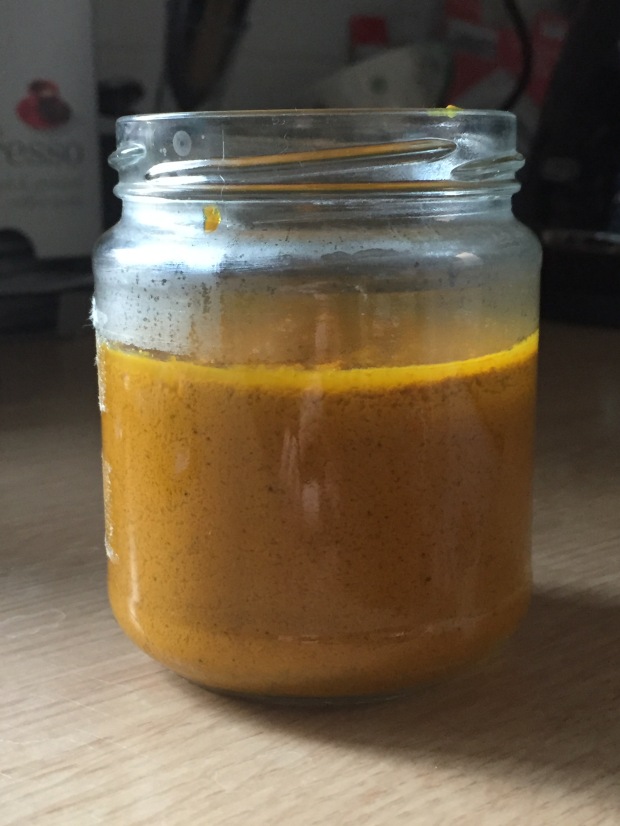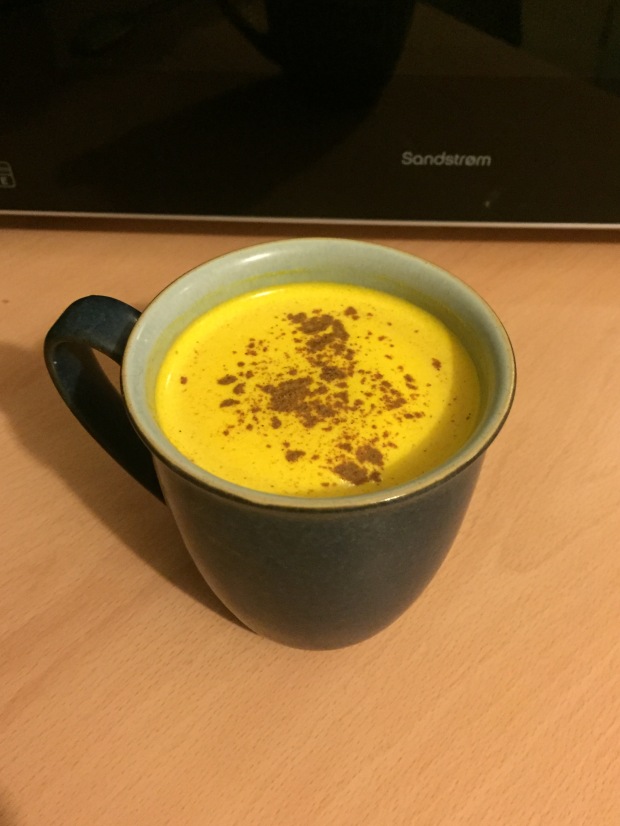Downward dog is one of the most synonymous yoga poses. It appears in practically every yoga class, all over the world. So what is it that this pose is actually doing, how does it benefit us, what is its purpose and how do we do it!

Believe it or not, Downward Facing Dog aka Adho Mukha Svanasana is a resting pose. It gives us time to check in with own body during the yoga practice. Here we have a chance to notice what our minds are doing, are we focused on the breath? Have we lost all focus and started planning what we are having for dinner? Now we can re-find our focus and ensure the breath in steady and that we are breathing fully and effectively. We can allow the heart rate to come back to a calm pace during a dynamic vinyasa class.
It may be a resting pose but there is still a lot to think about (before we can take that pause) to make sure what we are doing is safe and sustainable for the body in the long term.
- Do we have secure foundations? The feet and hands should be grounding into the floor. Don’t worry if the heels are not touching the floor just yet, direct the energy down and out into the ground. The hands spread out and knuckles pressing into the floor.
- Keep the front of the legs engaged as you press the back of the legs back. (Engage the quadriceps to release the hamstrings.)
- Hips pressing up and back, sitz bones pointing up to the sky. For those anatomists out there anteriorly tilt the pelvis.
- Spine is long and neutral, supported by the use of your bandhas.
- Protract the shoulder blades – basically think of the shoulder blades wrapping around the ribs, moving away from each other.
- Shoulders relaxed and away from the ears.
- Arms forming an energetic spiral as the upper arm rotates outward (away from you), the lower arm rotates inwards and the hand planting down into the floor with a feeling of resistance, as though you are opening jam jars! *it’s really common at this point to rotate from the wrist but keep the fingers pointing forwards.
- No strain in the neck, look towards the feet or the navel, depending on which school of yoga you are practicing.
So you’ve managed to get your alignment sorted out and you’ve refocused on the breath, you’re taking a pause to reset, but what are the benefits of doing this at all?!
As it is considered an inversion it has all the benefits of being fully upsidedown. see Why go upside down?!
It is a foundation pose which prepares you for many asana, both in terms of alignment, flexibility and strengthening.
There is a benefit to digestion as the internal organs are stimulated. Other health benefits include relief for back pain and sciatica (in some cases) As a stable weight bearing pose it is a great option to include if you are aiming to improve bone health. It can help to reset the spine, especially after any complicated twists or arm balancing.
For mental health, it calms the system and can be both stress relieving and help to lift mood. Somewhat confusingly it can be energising and help with fatigue or can be soothing to help you sleep.
Basically it’s the cure-all of yoga poses!



 really helpful to ’empty’ the head. I have found it interesting to do the practice before bed and in the morning as it can be amazing to see the shift in perspective after sleep.
really helpful to ’empty’ the head. I have found it interesting to do the practice before bed and in the morning as it can be amazing to see the shift in perspective after sleep.


